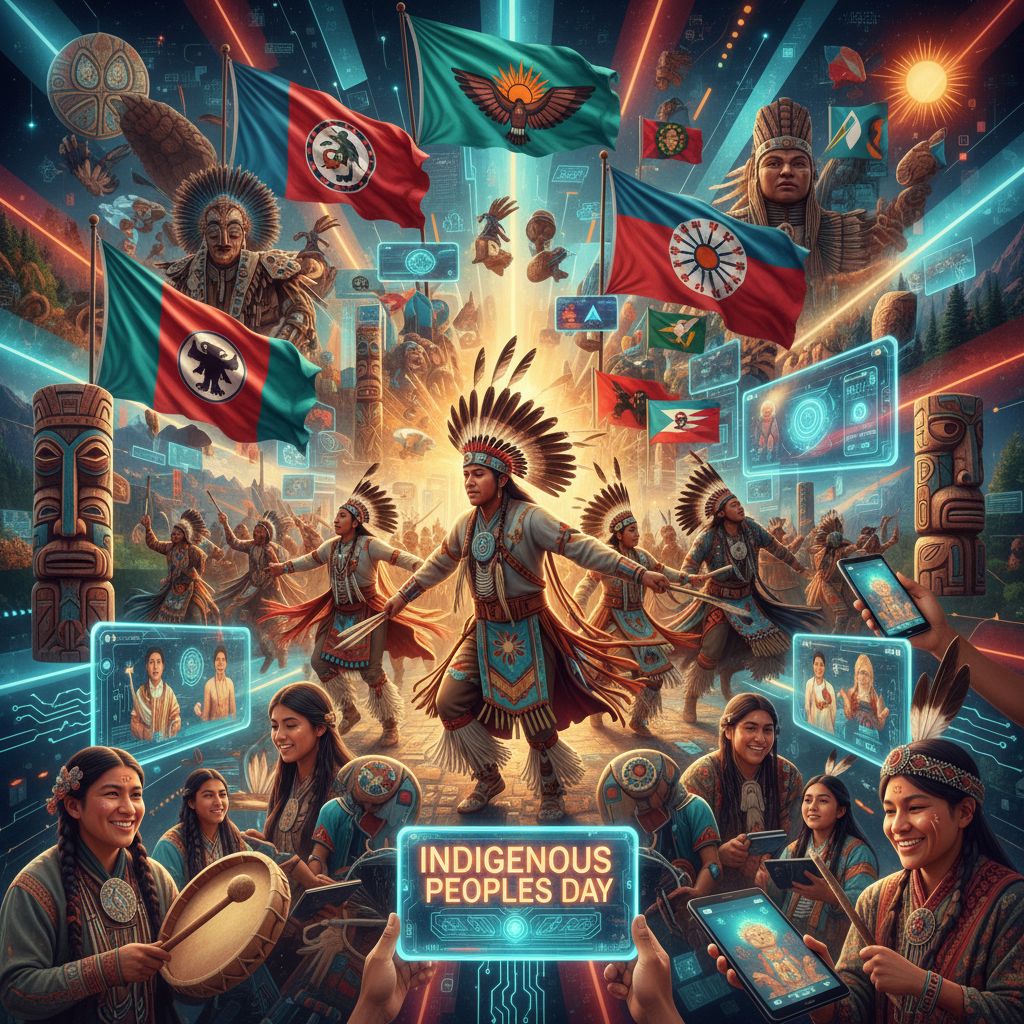Apple’s F1 isn’t just another celebrity-studded blockbuster—it’s a tech tour de force that marries Hollywood spectacle with Apple’s engineering prowess. Directed by Joseph Kosinski and starring Brad Pitt as Sonny Hayes, this high-octane original film pushes the boundaries of immersive storytelling through a custom-built iPhone camera system and an integrated Apple ecosystem strategy.
A Cinematic Comeback Story with Razor-Sharp Tech
Set against the adrenaline-fueled world of Formula 1 racing, F1 follows retired legend Sonny Hayes as he stages a triumphant return to the track. While the narrative captures the drama of speed and rivalry, the real innovation lies behind the lens:
Apple’s engineering team designed a bespoke camera module built around an iPhone 15 Pro sensor and an A17 Pro chipset, flawlessly housed within an F1-standard broadcast shell.
This custom unit delivered 48 MP ProRes Log footage, granting filmmakers unprecedented dynamic range and color control.
A dedicated iPad app served as the control interface, enabling on-the-fly adjustments to ISO, shutter angle, and frame rate via USB-C.
By embedding iPhone-native features—from Neural Engine–powered codecs to physical neutral density filters—Apple blurred the line between consumer device and professional cinema camera, ushering in a new era of on-device filmmaking.
The Apple Ecosystem Power Play
Beyond pure filmmaking, F1 serves as a strategic canvas for Apple’s services:
Apple TV+ subscribers will enjoy early access to F1, reinforcing subscription value.
Cross-platform promotion spans Apple News, Apple Music, and Apple Fitness+, engaging fans through curated articles, themed playlists, and race-day workouts.
Physical retail stores will host immersive F1 experiences, complete with demo stations showcasing the custom camera technology.
This deep integration underscores Apple’s vision of seamless ecosystem experiences, where hardware innovation and content creation fuel each other.
Immersive Viewing: Haptics and Beyond
Apple didn’t stop at visuals. Leveraging the Taptic Engine, a special haptic trailer syncs phone vibrations with onscreen action—subtle rumbles for tire changes, bone-shaking motorsports speed—transforming passive viewers into active participants. This first-of-its-kind mobile haptic experience exemplifies Apple’s knack for sensory storytelling.
Watch the official trailer:
Impact and Future Implications
Apple’s foray into big-budget sports cinema and ecosystem-driven distribution hints at a broader strategy:
New filmmaking tools: The custom iPhone camera module could inspire future prosumer devices and accessories.
Streaming sports content: Apple’s subsequent five-year F1 streaming deal cements its role as a major live sports broadcaster, promising integrated AI insights and interactive stats.
On-device AI expansion: Features like log encoding and ACES support in F1 footage foreshadow deeper Neural Engine–powered creative workflows on upcoming devices.
By combining cinematic storytelling with state-of-the-art tech, F1 sets a precedent for how entertainment and hardware can co-create unforgettable experiences.
Conclusion
Apple’s F1 isn’t just a movie—it’s a blueprint for the future of film, streaming, and device-driven experiences. From custom iPhone cameras capturing every heartbeat of the race to ecosystem-wide launches, Apple demonstrates how innovation fuels storytelling. Whether you’re a cinephile, a tech enthusiast, or a motorsport fan, F1 proves that in Apple’s race for excellence, there are no pit stops to progress.



